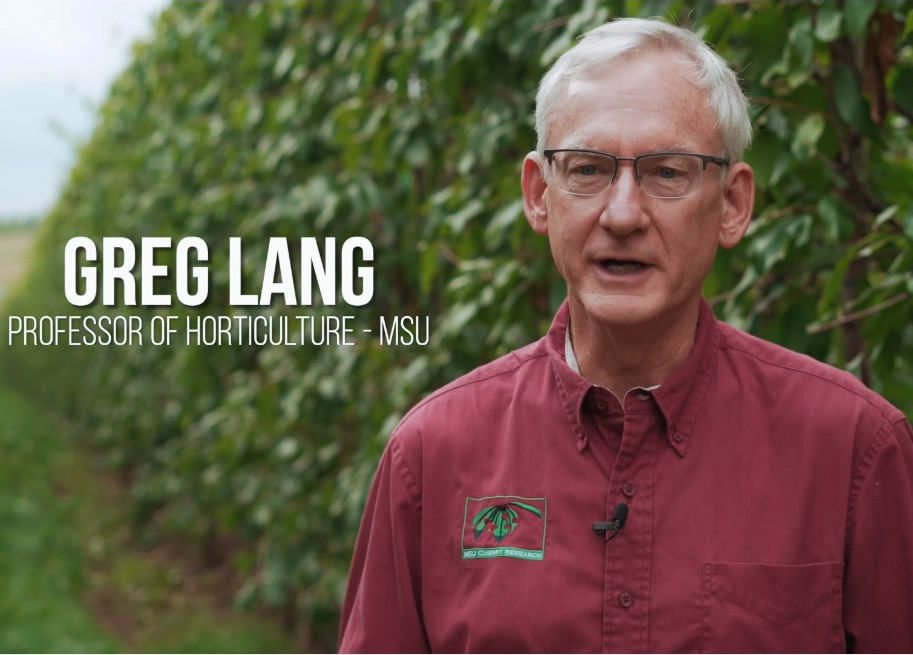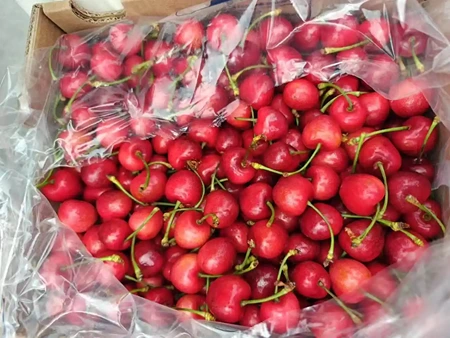In Oregon, 2025 is shaping up to be a disastrous year for sweet cherry growers. Despite the excellent quality of the harvest, producers are reporting a market crisis, labor shortages, and a commercial system that is making farming increasingly unsustainable.
The alarm was raised by Ian Chandler, president of the Oregon Sweet Cherry Commission: "It’s a disaster, but not a natural one — it was caused by humans."
Field crisis
In the fertile valleys of The Dalles, harvesting crews start work at 5 a.m. to beat the heat, picking Skeena cherries at a fast pace. But for many farmers, like Chandler, the real problem isn’t the fruit’s quality — it’s everything else.
The season started with severe labor shortages, due to widespread fear among migrant and seasonal workers of possible immigration checks and arrests. "In June, I had only half my usual workforce," explains Chandler, who typically hires 120 people.
Reyna Lopez, executive director of the PCUN union, confirms that fear of deportation has limited workers’ movement to Oregon, despite the lack of direct ICE action in the state.
“Even those who are documented today are afraid of being stopped,” says Ken Polehn, vice president of Polehn Farms.
Perfect cherries
Paradoxically, the 2025 harvest is one of the best in recent years: firm, glossy, sweet, high-quality fruit. Yet, packing houses are more selective than ever, rejecting entire varieties and contributing to a drastic drop in profits.
Polehn, who sells directly to supermarkets, reports that an 18-pound (about 8.2 kg) box, which in a good year would fetch $60 (about €55), now sells for $25 (about €23). “We’re working at a loss,” he says.
The situation is discouraging even those with more fruit to harvest: “We have the best cherries in years, but we might shut down early,” Polehn admits.
Prices too high
According to Timothy Dahle, owner of Dahle Orchards, the problem also lies in retail prices: “People aren’t stopping eating cherries, but they can’t afford to pay $5 or $6 (about €4.60–5.50) per kilo.”
These challenges add to an already critical context: in 2023, producers requested and obtained emergency status after prices dropped to 55 cents per pound (about €1.21/kg). Now, in 2025, the average income is expected to be between 30 and 40 cents (about €0.66–0.88/kg) — well below the break-even point.
An uncertain future
Oregon is the third-largest U.S. producer of sweet cherries, but many farmers fear that if the trend continues, small family farms won’t survive. “We still have a lot of family-run farms, but we risk losing them,” warns Ashley Thompson, professor at Oregon State University.
Dave Meyer, of High Rolls Ranch, always dreamed of passing his farm on to his daughter, but now he’s unsure: “I don’t know if it will be sustainable for her.”
And yet, among the branches weighed down with fruit and the labor’s strain, there remains a thread of hope. As Polehn concludes: “We cherry growers are tough people. But we’ve never had any guarantees.”
Source: oregonlive.com
Image source: Lynn E. Long, Oregon State University
Cherry Times - All rights reserved












